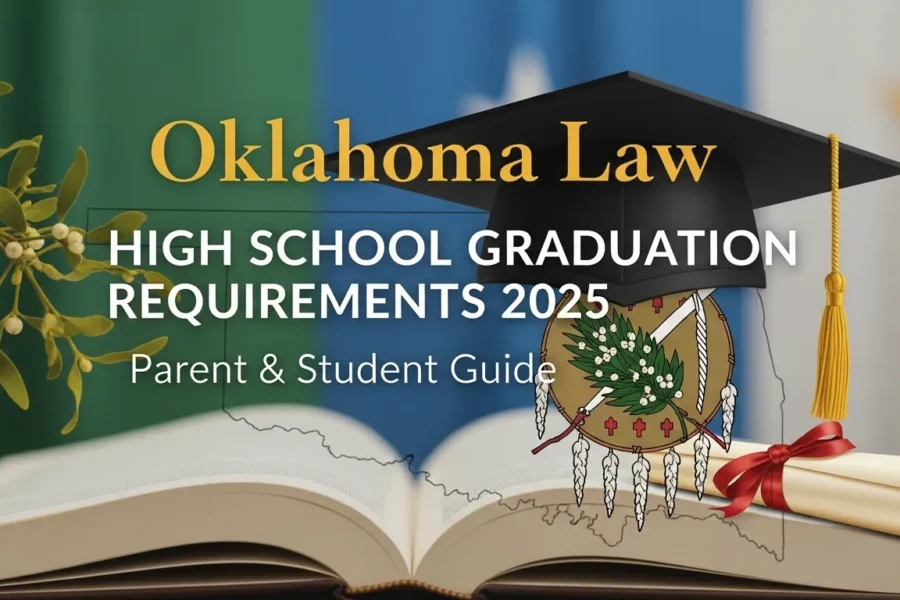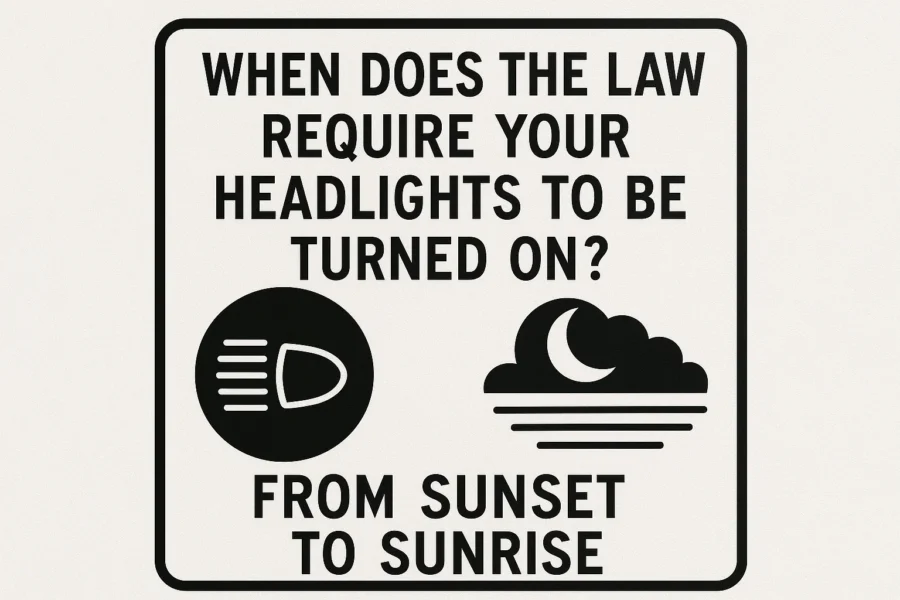Table of Contents
Childhood sexual abuse leaves wounds that go far beyond the moment of trauma. For survivors, the pursuit of justice is not only about holding perpetrators accountable but also about reclaiming dignity, funding therapy, and rebuilding life after unimaginable harm.
When someone searches for “what is the average settlement for childhood molestation?,” they are often not just curious they are navigating pain, fear, and uncertainty while weighing whether legal action can provide closure.
This guide aims to provide clarity. Drawing on survivor experiences, legal precedents, and professional insights, we’ll explore what settlements typically look like in childhood molestation cases in 2025, the factors that influence compensation, and the legal journey ahead.
Along the way, you’ll find empathetic survivor voices, authoritative legal perspectives, and practical advice to help you or a loved one make informed choices.
Understanding Settlements in Childhood Molestation Cases
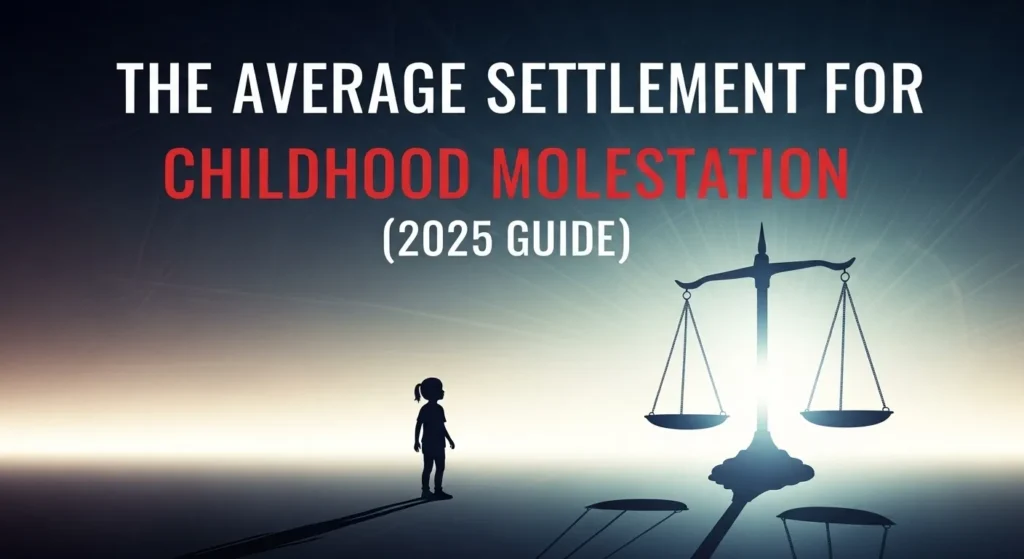
What Are Settlements and Why Do They Matter?
In civil law, a settlement is an agreement between the survivor (plaintiff) and the perpetrator or responsible institution (defendant) to resolve a lawsuit without going to trial. For survivors of childhood molestation, settlements provide:
- Financial support for therapy, medical bills, and lost income.
- Acknowledgment of harm, even when criminal justice may fail.
- A path forward, allowing survivors to heal with greater security.
Unlike criminal trials, which punish offenders with prison sentences, civil settlements focus on compensation for damages. Both can happen in parallel: an offender may face prison while also owing financial damages.
Average Settlement Ranges (2025 Data)
Settlement amounts vary dramatically depending on the case details, but research and legal case tracking suggest the following ranges:
📊 Example Cases (Recent Years):
| Case Type / Example | Settlement Range / Award | Notes |
|---|---|---|
| Individual offender cases | $150,000 – $500,000 | Limited by offender’s personal assets |
| Institutional liability cases (churches, schools, youth groups) | $500,000 – $1.5 million+ | Higher due to insurance and negligence claims |
| Landmark jury awards | $10 million+ (rare) | Often reduced on appeal |
| 2022 California – Private school | $2.3 million | Settlement to multiple survivors |
| 2023 New York – Clergy abuse mediation | $750,000 per survivor | Resolved through church-run program |
| 2024 Texas – Youth organization | $1.1 million | Jury verdict awarded to survivor |
While these figures offer benchmarks, each case depends on jurisdiction, evidence strength, defendant resources, and survivor representation.
Factors That Influence Settlement Amounts
Every settlement reflects a combination of survivor testimony, legal strategy, and case circumstances. Here are the most significant factors shaping compensation:
Severity and Duration of Abuse
- Longer-term abuse or repeated offenses typically result in higher settlements.
- Courts consider the psychological toll, such as PTSD, anxiety, and depression.
- Therapy and medical costs directly influence damage calculations.
Defendant Profile
- Individual offenders may have limited financial assets, capping potential settlements.
- Institutions (churches, schools, corporations) carry insurance policies, often leading to higher payouts.
- Cases involving cover-ups or negligence by organizations tend to result in larger settlements.
Jurisdiction and Statute of Limitations
- Many states in 2025 have extended or eliminated statutes of limitations for childhood sexual abuse claims (thanks to reforms driven by organizations like Child USA).
- Survivors in states with “look-back windows” (temporary reopening of old claims) may access compensation even decades later.
- Jurisdictional differences in damage caps and jury tendencies impact outcomes.
💡 Quick Fact: According to the National Crime Victim Bar Association, over 20 U.S. states have passed laws since 2020 extending the time survivors can file claims, dramatically increasing the number of settlements nationwide.
Survivors’ Voices and First-Hand Experiences
Behind every settlement statistic is a survivor’s lived reality. Money cannot erase trauma, but it can provide vital resources for healing and help survivors rebuild their lives.
The Human Impact Beyond Numbers
Survivors often describe settlements as a mix of relief and emotional complexity:
- Validation: Receiving financial compensation affirms that their suffering is recognized.
- Stability: Settlements cover therapy, education, and daily living costs.
- Ongoing pain: Survivors emphasize that no payout can erase memories or trauma.
The settlement didn’t change my past, but it helped me afford therapy and go back to school. It gave me hope that I could move forward.” Anonymous Survivor (shared in advocacy report, 2024)
How Compensation Fuels Healing
- Therapy and Mental Health Care: Settlements make long-term trauma treatment accessible.
- Career and Education Support: Funds often cover lost earning potential or college tuition.
- Safety and Relocation: Survivors sometimes use compensation to move away from triggering environments.
Call-out Box Idea:
“Survivor Story: Reclaiming Life After Abuse” a sidebar highlighting how one individual used their settlement to secure therapy, rebuild family ties, and start advocacy work.
Legal Process Walkthrough
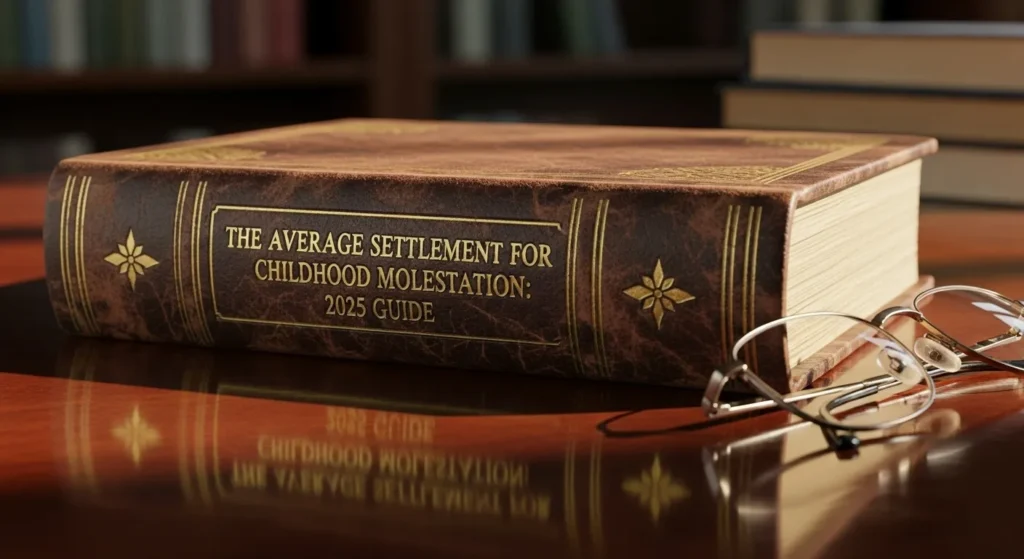
Navigating the legal system can feel overwhelming. Knowing what to expect reduces uncertainty and empowers survivors to take the first step.
Step 1: Initial Consultation
- Survivors meet with a lawyer specializing in sexual abuse cases.
- Discussion covers statutes of limitations, potential defendants, and evidence strength.
- Most lawyers work on contingency (no upfront fees).
Step 2: Filing the Lawsuit
- A formal complaint is filed in civil court.
- Defendants are served legal notice.
Step 3: Discovery and Evidence Gathering
- Both sides exchange documents, medical records, and witness testimony.
- Survivors may give depositions (recorded testimony).
Step 4: Negotiations and Settlement Talks
- Many cases resolve here to avoid trial.
- Institutions often prefer settlement to protect their reputation.
Step 5: Trial (if no settlement)
- A judge or jury hears evidence and determines compensation.
- Trials may take years, but verdicts can lead to larger payouts.
Settlement vs. Jury Trial: Pros and Cons
Settlement Benefits:
- Faster resolution (12–24 months).
- More privacy, avoiding public testimony.
- Guaranteed payout without appeals.
Trial Benefits:
- Potential for higher compensation.
- Public accountability for offenders and institutions.
Challenges Survivors Face:
- Reliving trauma through depositions and cross-examinations.
- Emotional toll of delays and appeals.
- Resistance from well-funded institutions.
Professional Insights and Expert Commentary
To understand the long-term implications of settlements, it helps to hear from professionals who work with survivors every day.
Psychological Perspectives
- Trauma psychologists note that financial stability reduces daily stress, allowing survivors to focus on recovery.
- Therapy costs can range from $5,000 to $50,000+ annually, highlighting the importance of compensation.
Legal Expertise
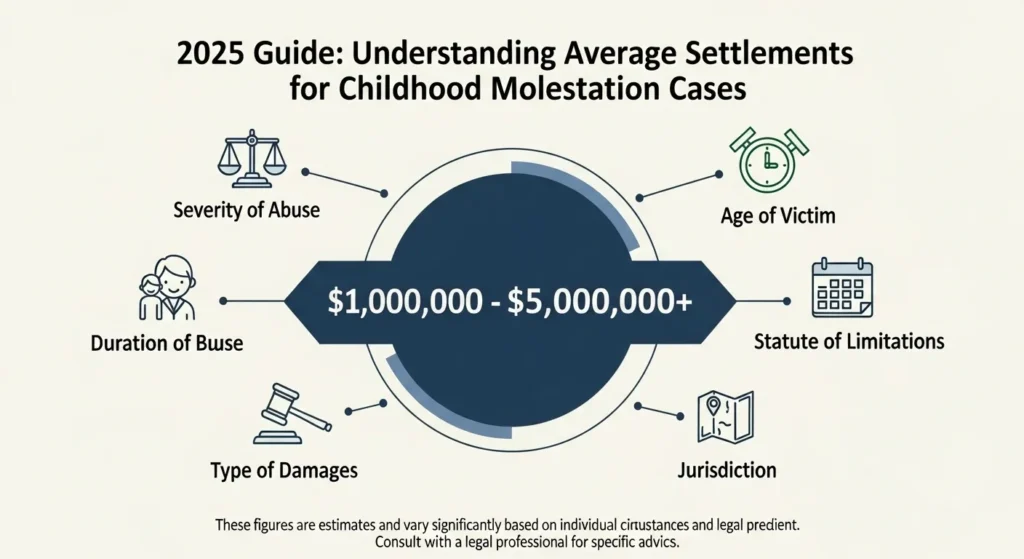
- Attorneys stress that having a lawyer with a track record in child abuse cases increases settlement value.
- According to the American Bar Association (2024), survivors with specialized legal representation secure settlements up to 40% higher than those with general practitioners.
Advocacy Groups’ Input
- Organizations like RAINN and Child USA emphasize that settlements are not just about money but about restoring dignity.
- They encourage survivors to combine legal action with mental health support.
Long-Term Impact of Settlements
- Survivors can fund therapy, education, and new beginnings.
- However, experts caution against seeing money as “closure”; healing is a lifelong process.
“The law provides financial remedies, but true healing comes from continued support, community, and personal resilience.” Dr. Alicia Moreno, Trauma Psychologist
💡 Expert Insight Box: “Top 3 Tips for Survivors from Attorneys”
- Seek a lawyer who specializes in childhood sexual abuse cases.
- Document everything: therapy receipts, journal entries, witness names.
- Don’t rush healing and legal success both take time.
FAQs
Can I get compensation for childhood trauma?
Yes, survivors may file civil claims for damages like therapy, lost wages, and emotional distress.
How much is the BSA settlement?
The Boy Scouts of America settlement totals $2.46B, one of the largest sexual abuse compensation funds in U.S. history.
What is the allowable claim amount?
Claim values vary by case; factors include abuse severity, evidence, and jurisdiction, typically $150K–$1.5M+.
How will the settlement help survivors?
It funds therapy, education, and recovery costs, offering stability and recognition of the harm suffered.
What are the positives of settlement?
Quicker resolution, privacy, guaranteed payout, and survivor validation compared to lengthy trials.
References
- RAINN (Rape, Abuse & Incest National Network) – “Child Sexual Abuse Statistics.”
https://www.rainn.org/statistics/children-and-teens - Child USA – “Statute of Limitations Reform for Child Sexual Abuse.”
https://childusa.org/sol/ - American Bar Association – “Civil Litigation Involving Sexual Assault and Abuse.” ABA Reports, 2024.
https://www.americanbar.org/ - National Crime Victim Bar Association – “Civil Justice for Victims of Crime.”
https://www.ncvc.org/ncvba/ - U.S. Department of Justice (DOJ) – “National Strategy to Prevent Child Sexual Abuse.” (2023 report).
https://www.justice.gov/ - National Sexual Violence Resource Center (NSVRC) – “The Economic Burden of Sexual Violence.”
https://www.nsvrc.org/statistics - Centers for Disease Control and Prevention (CDC) – “Preventing Child Sexual Abuse.”
https://www.cdc.gov/violenceprevention/childsexualabuse - Psychology Today – Moreno, A. (2023). “The Long-Term Impact of Sexual Trauma on Survivors.”
https://www.psychologytoday.com/ - Journal of Interpersonal Violence – Smith, J. et al. (2022). “Civil Litigation Outcomes for Child Sexual Abuse Survivors: A 10-Year Review.”
- State-Specific Legal Guides – e.g., New York Office of Court Administration (2023). “Child Victims Act Case Data.”
https://www.nycourts.gov/ - National Alliance on Mental Illness (NAMI) – “PTSD and Survivors of Childhood Sexual Abuse.”
https://www.nami.org/ - The New York Times – Coverage of major child abuse settlement cases (2021–2024).
https://www.nytimes.com/
Important disclaimer: This article is for informational purposes only and does not constitute legal advice. Every case is unique. Survivors should consult a licensed attorney to understand their rights under their specific jurisdiction.
Author’s Perspective: Liam Everett
As a specialist in survivor compensation and trauma-informed legal processes, I have seen firsthand how settlements not only provide financial relief but also help survivors reclaim a sense of justice. In 2025, evolving laws and broader institutional accountability mean survivors have stronger opportunities than ever to secure meaningful compensation and long-term support.



